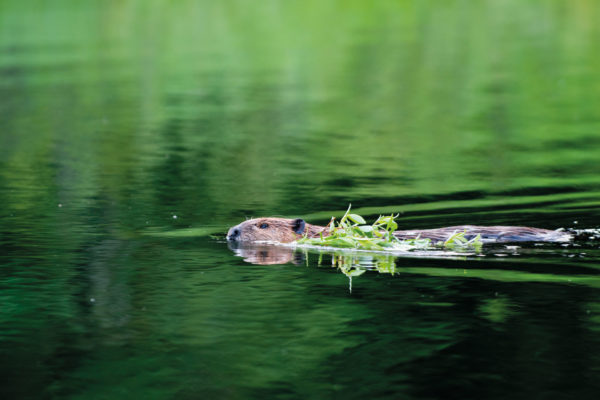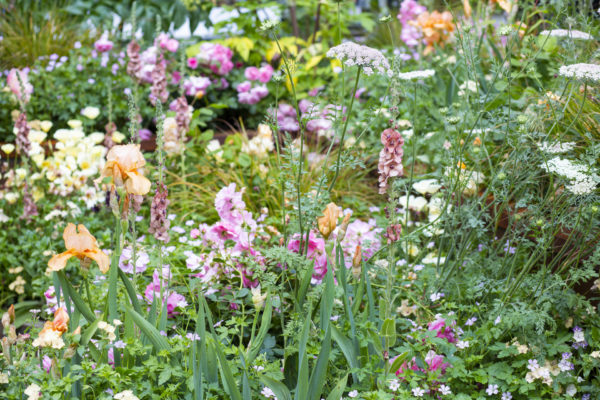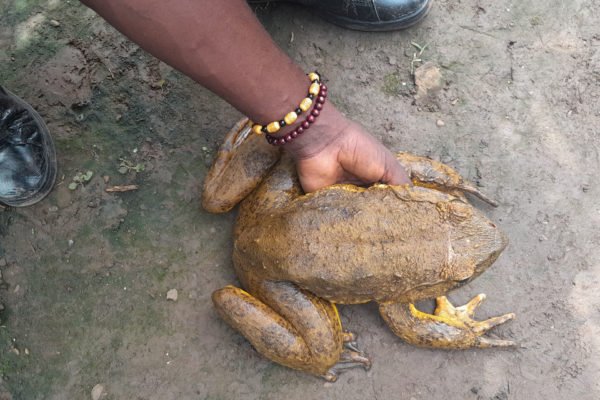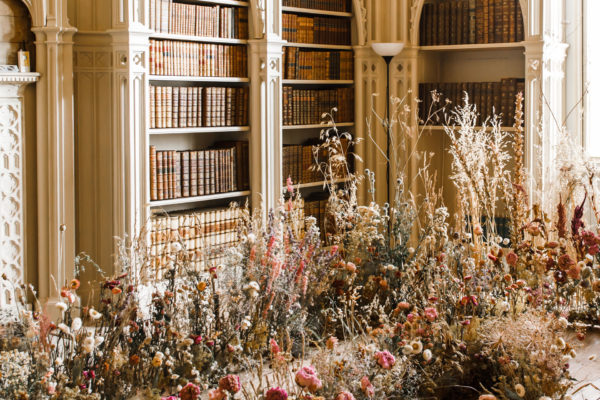How To Create A Haven For Bees In Your Garden
By
2 years ago
Make your lawn the buzzy new hotspot for our pollinators
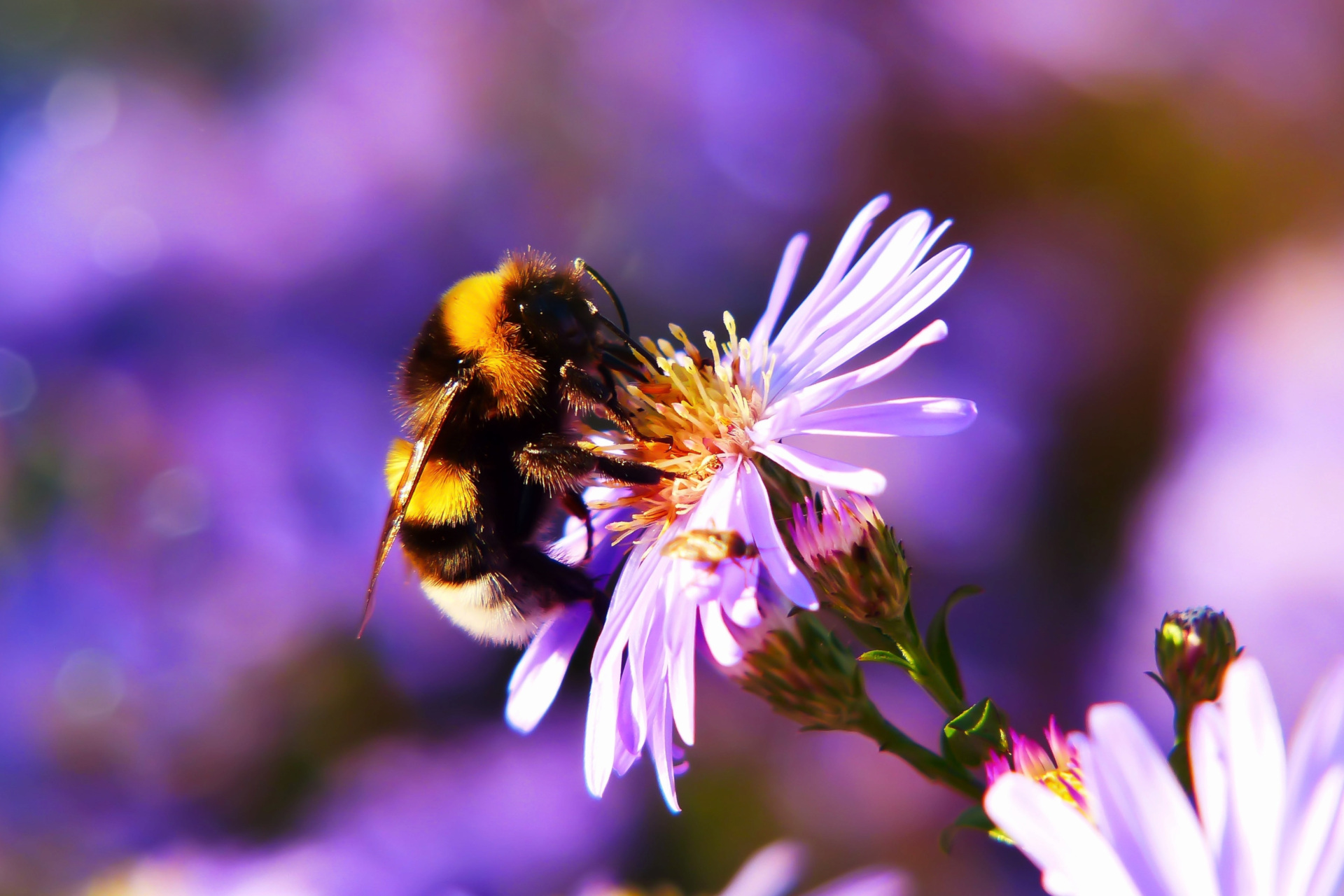
Have you heard the recent buzz? Almost 90 percent of the world’s wild plants depend on animal pollination, and one of the biggest pollinators in the world is the humble bumble bee. Despite there being over 250 species of bee in the UK alone, many of our bees are now classed as ‘vulnerable’ – and a recent IUCN list showed that as many as 24 percent of Europe’s bumblebee species are now threatened with extinction. For World Bee Day 2023, Rowse Honey has teamed up with the Blenheim Estate‘s bee conservation team to give us five easy things we can do to raise awareness and create a bee-friendly garden.
How To Create A Haven For Bees In Your Garden
‘Bees (divided into seven families and approximately 20,000 species) play an essential role in our ecosystem and everyday life, which regularly goes unrecognised,’ says Filipe Salbany, Bee Conservationist at Blenheim Estate. ‘Sadly, their populations have been threatened due to habitat loss, pesticide use, disease, invasive species, and climate change all over the world. Fortunately, there are simple and easy steps we can take to help save the bees from the comfort of our homes.’
Filipe lists five ways you can get involved below…
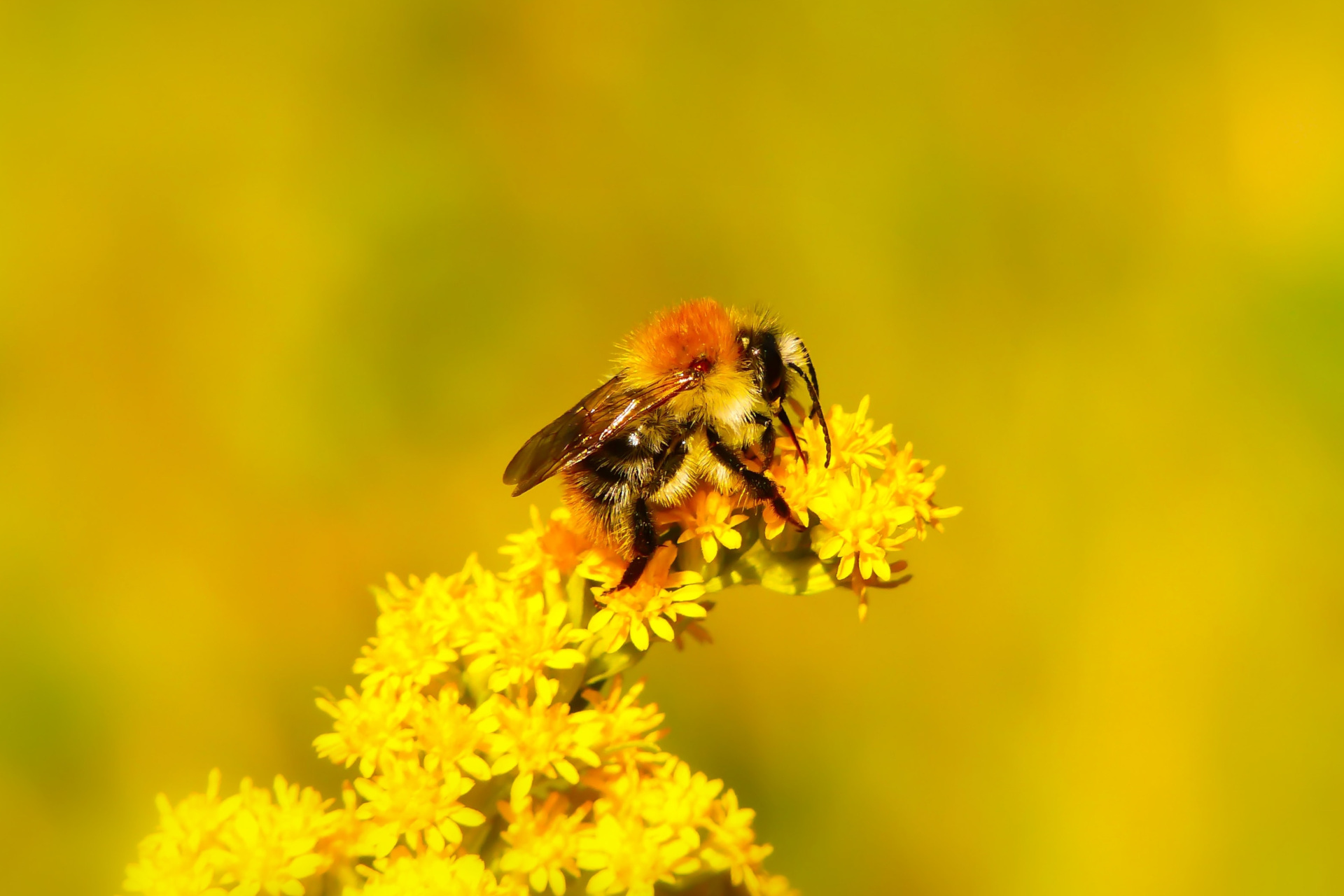
(c) Krzysztof Niewolny, Unsplash
1. Plant Bee-Friendly, Habitat Specific (Native) Flowers
Bees are attracted to flowers with bright colours and sweet fragrances. Planting flowers like lavender, sunflowers, and daisies can provide a natural habitat for bees in your garden. It may be tempting to remove those weeds and wildflowers, but these are also fantastic for our miniature heroes!
Rowse has put together a handy pollinator calendar to help guide you on the best pollinator-friendly plants for every season.
May is a great time to plant Lavender, Honeysuckle, Sedum and Dahlias which will bloom in late summer throughout early autumn, while Hellebores are also lovely to plant in June and July.
2. Avoid Using Pesticides
These can be harmful to bees and other pollinators. Try using natural pest control methods like companion planting or spraying a solution of water and dish soap instead to help control pests without harming bees.
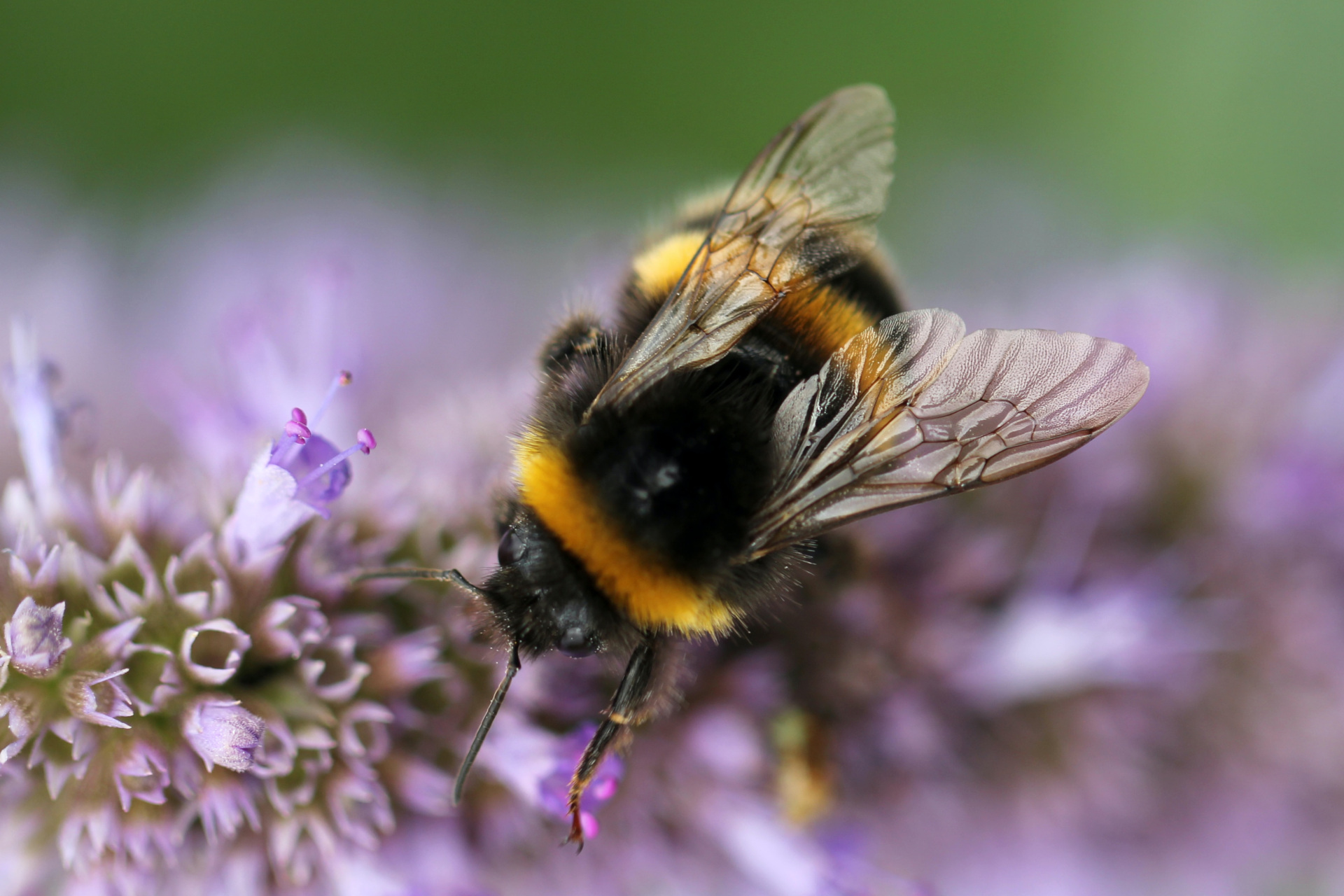
(c) Sandy Millar, Unsplash
3. Provide A Water Source
Bees need water to stay hydrated, especially during the upcoming hot summer months. A shallow water source like a bird bath or a tray with pebbles is the perfect way to provide a safe drinking spot for bees.
4. Plant Fruit Trees And Vegetables
Many fruit trees and vegetables rely on honeybees for pollination. By planting these crops, you can help ensure that honeybees have a reliable source of food and help grow your fruit and veg at the same time.
5. Educate Your Friends And Family
Spreading awareness and education about the simple ways everyone can help is vital; World Bee Day is about all species of bee, from the smallest at 2 mm to the largest at 40 mm. Rowse’s Hives For Lives programme has a range of vital initiatives to help protect bees and beekeepers but also shares many ways that all of us can get involved at home.
Featured image: Krzysztof Niewolny, Unsplash




